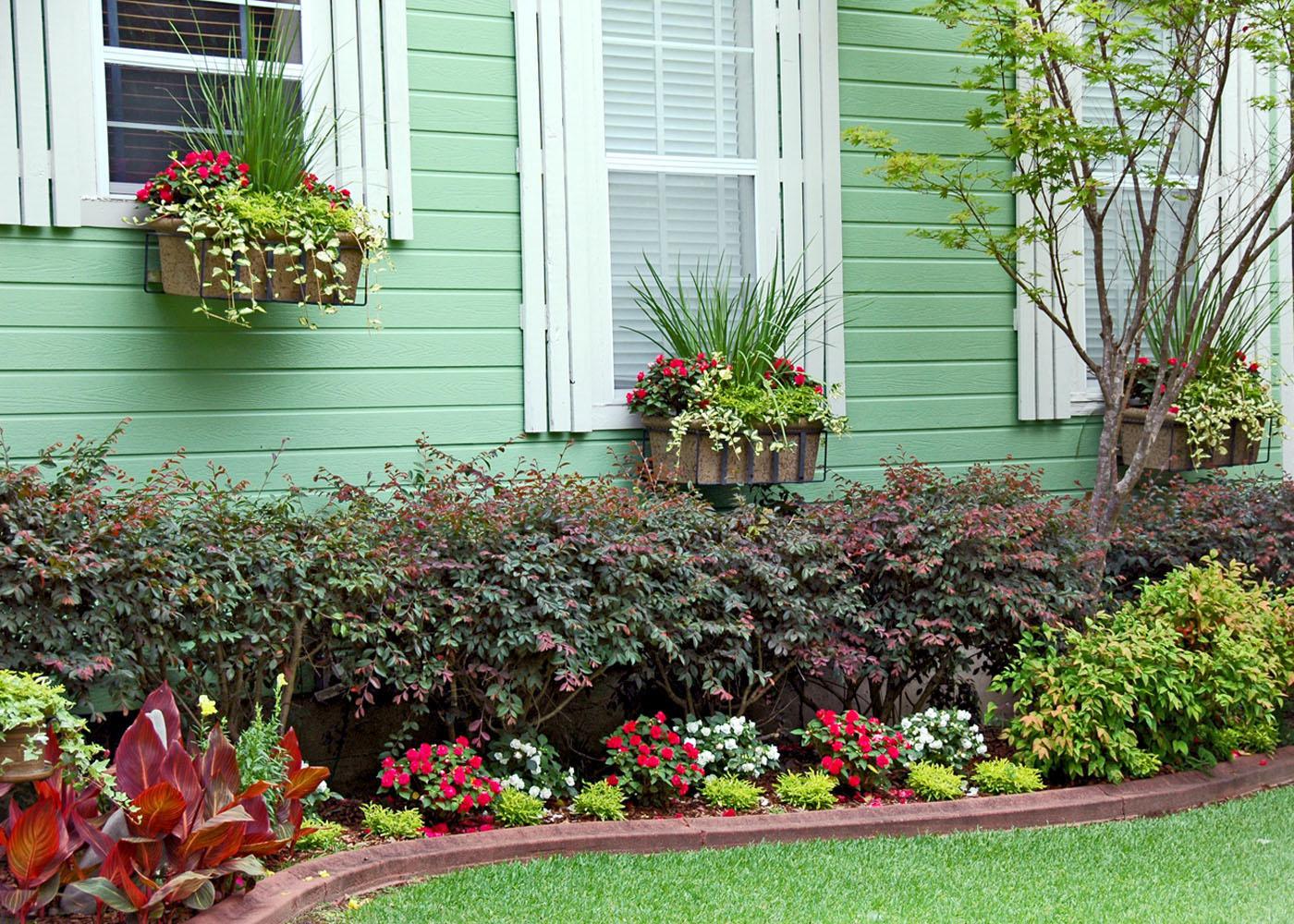Information Possibly Outdated
The information presented on this page was originally released on December 23, 2010. It may not be outdated, but please search our site for more current information. If you plan to quote or reference this information in a publication, please check with the Extension specialist or author before proceeding.
Avoid common gardening traps
Gardening, be it vegetables or flowers, is a popular pursuit. But as enjoyable as gardens can be, there are times when gardeners have problems. Here are some of the traps that gardeners fall into from time to time, and tips to help you avoid them.
Gardening fever is a common trap. It’s late winter, and we’ve spent the chilly months reading Southern Gardening columns and watching Southern Gardening on Farmweek, and we can’t wait for spring to arrive. We’ve spent months designing a fantastic garden for the coming year, but often the garden of our dreams is too big to properly maintain.
When the plants are small, maintaining the garden is easy, but wait until it’s hot and humid. From the comfort of your air conditioned home, you peer out to find the garden has overgrown the time you have to maintain it. The solution is to start small and add more garden as time allows.
Cabin fever, or CF, is that stir-crazy feeling we get around the first warm weekend in early spring. The garden centers are enablers to those suffering from CF, as they bring in beautiful blooming annuals and tomato and pepper plants way too early.
But don’t give in to temptation. Combat your CF by making weekly trips to the garden center and planning for when the time is right. Arrange plants in different flower, color and size combinations. Use the same approach you take when clothes shopping. This is a great way to “try on” plant combinations.
Another common trap happens when you’re getting ready to install a new garden, and you have questions or concerns. This is not a time to follow that independent streak and try to figure things out for yourself. So who do you call? The MSU Extension Service, of course, which has offices in all 82 counties and answers to your gardening questions.
Before you get into trouble with a garden that must be planted and then planted again as seasons change, I want you to consider planting in sequences.
For the vegetable garden, this means planting cool-season crops in the spring, warm-season in the summer and then more cool-season plants to finish the year. Sequencing in the flower garden is accomplished with spring bulbs, followed by summer annuals, and then fall pansies and ornamental cabbage and kale.
Most gardeners say, “I can remember that.” Sure you can. I suggest that whatever you do in the garden, write it down. Keep a pad of paper with your garden tools, use a calendar, or if you’re a really ambitious gardener, create a garden journal. You could even do a garden blog to share with the world.
In “Mending Wall,” Robert Frost wrote, “Before I built a wall I’d ask to know, What I was walling in or walling out.” This is a good question to consider for our home gardens.
Even in urban gardens, critters will feed on our plants and enjoy the fruits of our labors. Fences are a reliable deterrent to save your salvias, and they can be an attractive element in the garden, too.
A garden should not be a job in itself. Tending a garden is the perfect activity to bring peace and tranquility to our often fast-paced lives. A garden is supposed to be fun.
And remember that gardening is physical. You’ll get blisters and sore muscles, but the benefits of a garden make everything else seem rather insignificant.
Gardens reward patience. The ways of Mother Nature are learned through trial and error. If a plant doesn’t survive, don’t lose hope. This is just an opportunity to learn about another plant.








